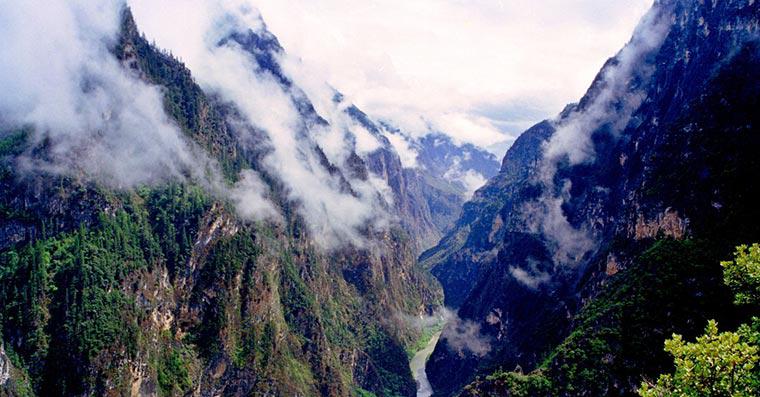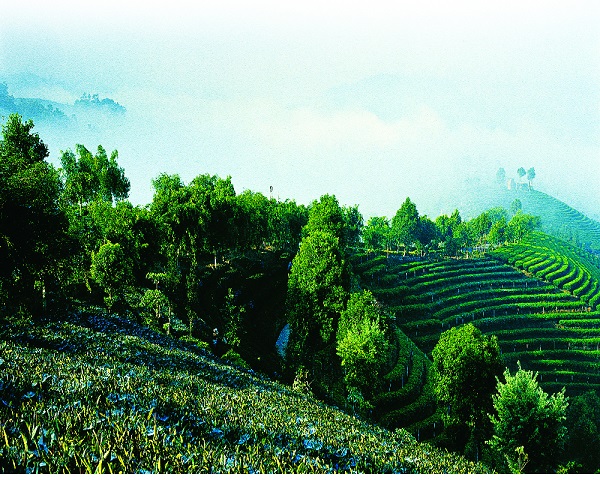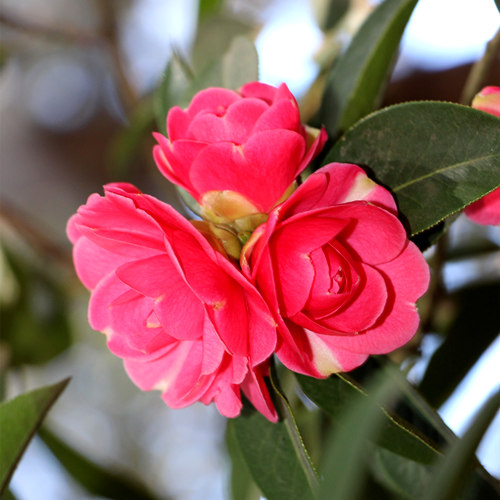
Detailed Introduction to Weixi County of Diqing Prefecture
Weixi County (维西县), officially known as Weixi Lisu Autonomous County (维西傈僳族自治县), is one of the three county-level divisions under the administration of Diqing Tibetan Autonomous Prefecture (迪庆藏族自治州) in northwestern Yunnan Province, China. Nestled in the upper reaches of the Lancang River (Mekong), Weixi serves as a vital link between Yunnan and Tibet and is known for its ethnic diversity, pristine ecosystems, and deep cultural heritage. It is often described as a gateway to the Three Parallel Rivers region and a model of harmony between people and nature.
Geographical Overview
Weixi County lies in the southwestern part of Diqing Prefecture, bordering Lanping County to the west, Shangri-La City to the northeast, and Lijiang City’s Yulong and Ninglang Counties to the southeast. It covers an area of about 4,600 square kilometers, characterized by steep mountains, river valleys, and dense forests.
The county sits at an average elevation of around 2,300 meters, with altitudes varying from 1,500 meters in the valleys to over 4,200 meters on mountain peaks. The Lancang River runs through the county from north to south, shaping its landscape and agriculture.
Weixi enjoys a plateau subtropical monsoon climate, with mild temperatures, distinct wet and dry seasons, and ample sunshine. The average annual temperature ranges between 12°C and 16°C, making it a region of comfortable living and rich biodiversity.
History and Administration
Weixi has a long history as part of the Ancient Tea Horse Road, serving as an important stop for trade between Yunnan, Tibet, and Southeast Asia. Historically, it was under the control of local tusi (native chieftains) before being integrated into Yunnan’s modern administrative system.
In 1951, Weixi County was formally established, and in 1954, it was designated as Weixi Lisu Autonomous County, recognizing the Lisu ethnic majority. Today, the county administers 5 towns and 3 townships, with Baihua Town (白花镇) serving as the county seat.
Ethnic Composition and Culture
Weixi is a multi-ethnic region, home to more than 20 ethnic groups, including Lisu, Tibetan, Naxi, Yi, Bai, and Han peoples. Among them, the Lisu people make up the majority, giving the county its autonomous status.
Lisu Culture: The Lisu people are known for their music, dances, and festivals. The Kuoshi Festival (阔时节), the Lisu New Year, is celebrated with songs, dances, and traditional archery competitions.
Tibetan and Naxi Influences: Due to its proximity to Shangri-La and Lijiang, Tibetan Buddhism and Naxi Dongba culture coexist with Lisu animism and Christian traditions.
Religious Diversity: Weixi is unique for its coexistence of Buddhism, Christianity, and local animist beliefs—a rare cultural synthesis that has shaped its spiritual and social life.
The result is a county where multicultural harmony defines everyday life, reflected in architecture, costumes, and festivals.
Economy
Weixi’s economy is primarily based on agriculture, forestry, animal husbandry, and eco-tourism.
Agriculture: Major products include corn, walnuts, potatoes, tea, tobacco, and medicinal herbs. The Weixi walnut is particularly famous in Yunnan.
Animal Husbandry: Yaks, goats, and cattle graze on the highland pastures, forming a key source of income.
Forestry and Resources: Weixi has abundant timber and non-timber forest products, including wild mushrooms and herbs.
Tourism: In recent years, eco-tourism and cultural tourism have become growth engines, highlighting Weixi’s ethnic diversity and unspoiled natural scenery.
Tourism and Natural Attractions
Weixi offers a blend of natural beauty and cultural depth, attracting travelers seeking authentic experiences in the Three Parallel Rivers World Natural Heritage Area.
Key attractions include:
🌿 Benzilan to Weixi Scenic Road: A stretch of the National Highway G214 offering breathtaking views of the Lancang River valley and traditional Lisu villages.
🏞️ Lancang River Grand Canyon (澜沧江大峡谷): Towering cliffs, terraced fields, and winding roads make this one of the most spectacular river valleys in Yunnan.
⛩️ Weixi Catholic Church (维西天主教堂): Built by French missionaries in the early 20th century, this historic church is a rare example of early Western religious architecture in Yunnan, still active today.
🏕️ Shengping Mountain (胜坪山): Known for panoramic views of the county and surrounding peaks.
🐂 Lisu Villages: Traditional villages like Xuehua (雪花村) and Cizhong (茨中村) showcase wooden houses, vibrant festivals, and a blend of Tibetan and Western religious influences.
The Cizhong Church (茨中教堂), in particular,



